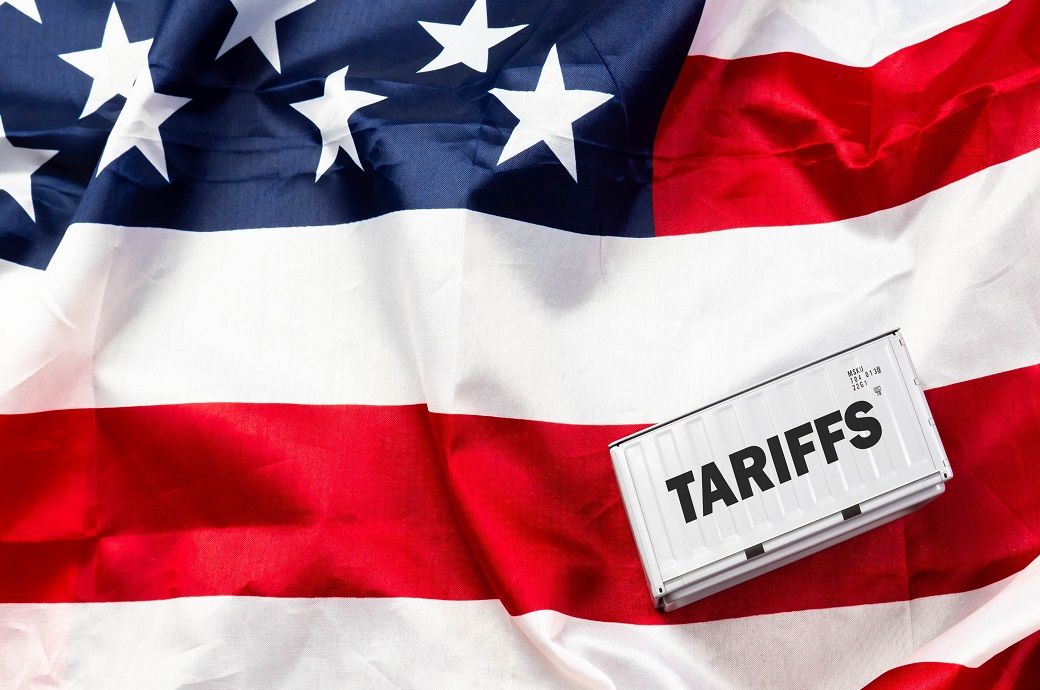
With the Trump administration re-escalating trade tensions in recent weeks, Nomura has revised up the average effective tariff rate forecast from 15.2 per cent to 19.5 per cent. The upside revision can be attributed to new assumptions on Section 232 tariffs as well as country-specific reciprocal tariffs.
For products that are now under Section 232 investigations, Nomura expects 50 per cent tariffs on copper and 25 per cent tariffs on all other goods, including pharmaceuticals, with the possibility of certain countries being exempt. These changes to Section 232 tariff assumptions account for an increase of 3.3pp in our expected effective tariff rate.
Upward surprises to country-specific reciprocal tariff rates are an additional driver of upside revision. Recently, Trump announced agreements with Vietnam, Indonesia, the Philippines, Japan and the EU, setting new country-specific reciprocal tariff rates on those countries at 15-20 per cent, up from the 10 per cent the company had initially expected. Based on those trade agreements, as well as the recent announcements of 25 per cent or higher tariffs on Korea, Thailand, Malaysia and Brazil starting in August, it expects that reciprocal tariffs of 20 per cent will be the new baseline, up from the current 10 per cent. It now forecast that, on average, country-specific reciprocal tariffs against targeted countries to which Trump sent his letters on proposed tariff rates (excluding Mexico, Canada, and China) will rise to 20 per cent from the current 10 per cent.
“Although we raised our assumptions on Section 232 tariffs and reciprocal tariffs, there are some factors partially offsetting the tariff increase: wider-than-expected tariff exemptions for Mexico and Canada and the effect of a substitution in imports toward lower tariff countries,” Nomura said in its report.
On the latter, a sharp decline in the share of imports from China has pushed down the average effective tariff rate. Goods from China accounted for 13.4 per cent of total US goods imports in 2024, but its share plummeted to 7.2 per cent in May 2025. Inclusive of tariffs preceding the second Trump administration, the country-specific effective tariff rate against China rose to 47.8 per cent in May, the highest among major US trading partners.
“It is worth noting that there are also risks to tariff expectations. If the Trump administration adjusts Mexico and Canada tariff exemptions, or the next USMCA review in 2026 leads to significant changes to the qualifications for USMCA-duty-free treatments, the average effective tariff rate could rise even further. On the other hand, the Trump administration could postpone a scheduled increase in reciprocal tariffs or narrow the scope of Section 232 product-specific tariffs relative to expectations, which poses a downside risk to expectations for the average effective tariff rate,” the report added.
ALCHEMPro News Desk (RR)
Receive daily prices and market insights straight to your inbox. Subscribe to AlchemPro Weekly!